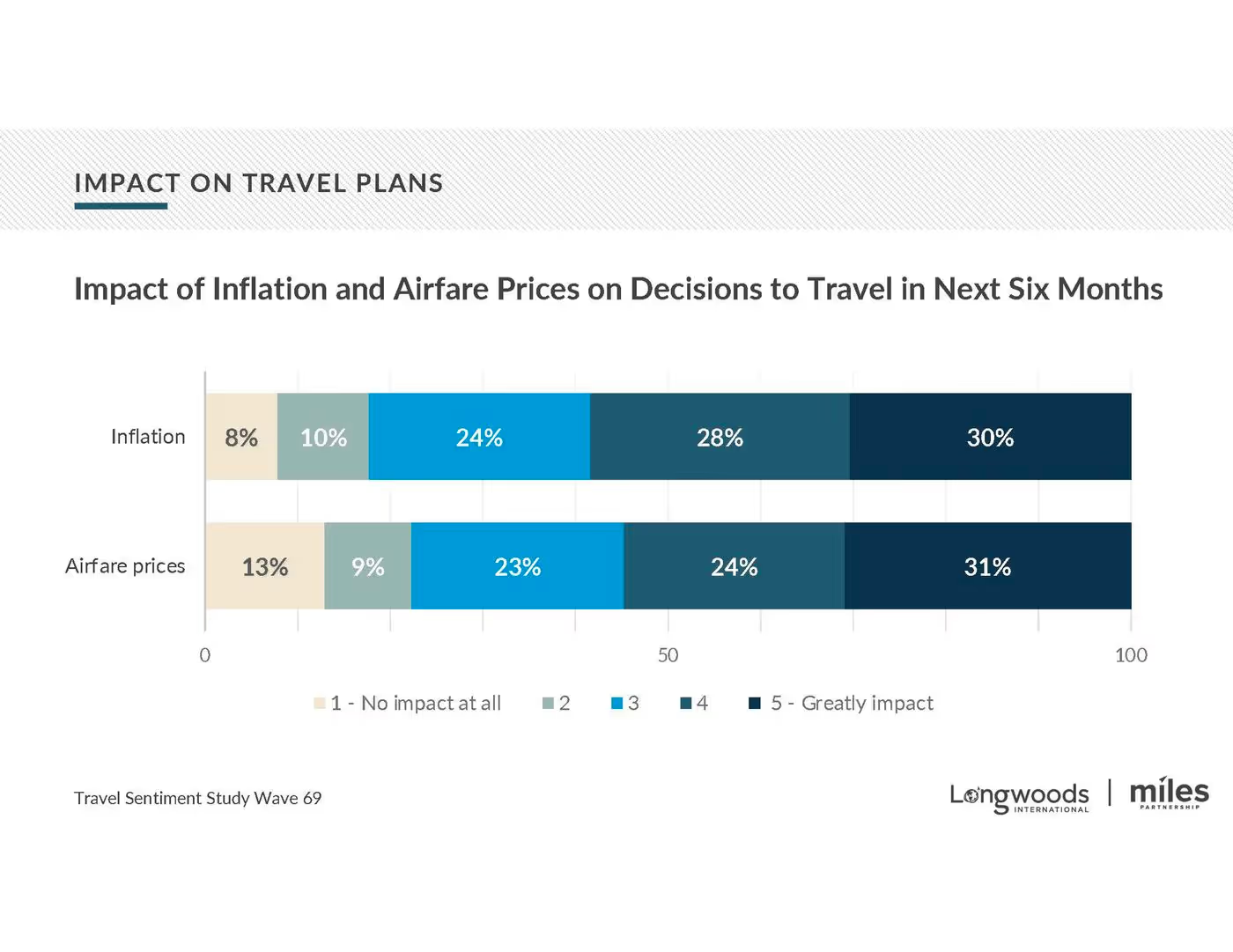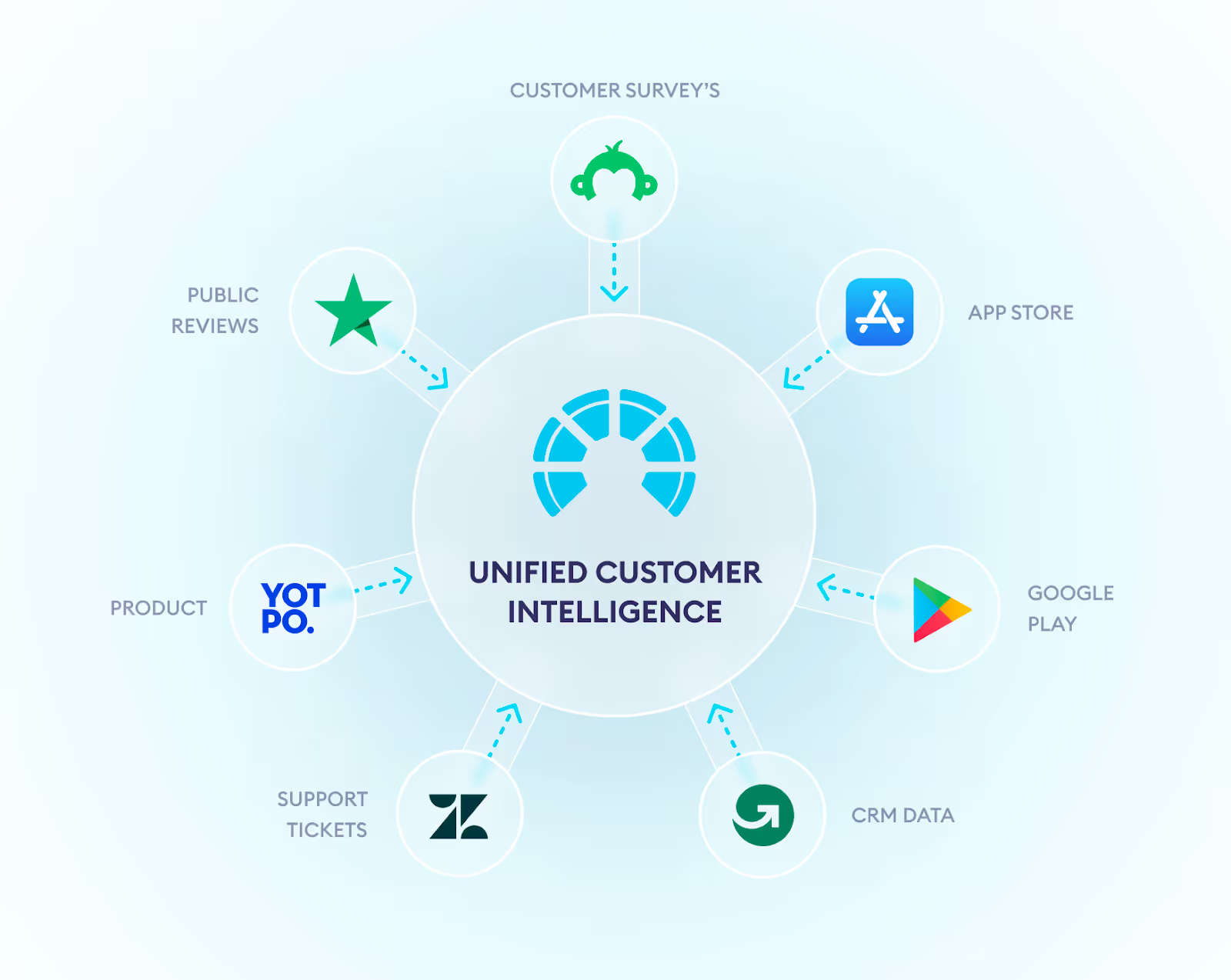Over the past several years, the travel, tourism, and hospitality industry has experienced severe turbulence. Across 2020, as travellers locked down to avoid the coronavirus, the travel industry all but ground to a halt. 2020 was the worst year on record for tourism, and every business, from hotels to airlines, tour operators to travel apps, struggled to survive during this period.
Now, however, the skies are looking slightly brighter for the industry.
In 2022, we saw international travel bounce back: with more than 900 million tourists, 63% of the level in 2019.
Predictions for 2023 also look comparatively promising. Global tourism this year is set to reach approximately 80% to 95% of pre-pandemic levels, according to the tourism recovery outlook issued by the United Nations World Tourism Organization (UNWTO).
But, if we are to believe the UNWTO, with rising inflation and economic uncertainty present worldwide, it isn’t all smooth sailing.
“Economic factors may influence how people travel in 2023 and UNWTO expects demand for domestic and regional travel to remain strong and help drive the sector’s wider recovery,” said UNWTO Secretary-General Zurab Pololikashvili in the organisation’s release.
So, from one gust of turbulence, to another slightly less blustery one.
Thriving in this new era of travel, hospitality, and tourism will depend on how much travel brands can adapt to yet another new normal.
If travel brands want to retain and grow their customer base, they need to better understand their customers' wants and expectations, more easily analyse and understand their millions of pieces of customer data, and deliver customer experiences that are not only personalised to their customers, but also outperform their competitors.
In the next 1,000 words or so, we’re going to look dive deeper into what the future holds for the travel industry and show you how you might go about travailing the turbulence that 2023 looks set to bring. First, let’s look at the current state of customer experience.
The Current State of Customer Experience in Travel, Tourism, and Hospitality
According to a December 2022 report on consumer travel attitudes from the European Travel Commission, price and proximity are today's most important factors for travel customers.
Within the report, we also find that customers are today more thoroughly researching trips before booking. This indicates that travel, tourism, and hospitality brands need to do more in their customer experience to win their potential customers’ cash.
It’s the same story in the US. According to a January 2023 Longwoods International sentiment survey, half of American travellers say concerns over their financial situation will impact travel decisions in the coming six months. 30% of those surveyed state that economic concerns will “greatly” impact their travels in 2023.

With customers looking to spend less on travel and doing more research when choosing which trips to go on, travel, tourism, and hospitality brands need to double down on customer experience to ensure they’re the brand chosen when customers do spend their money.
Why? Because as analyst data shows, CX is ultimately the driving force behind travellers’ purchase decisions.
73% of travellers say that customer experience is the most important factor in purchasing decisions, according to a recent PWC report. In the same report, we find that travellers are also willing to pay 16% more for travel experiences if the customer experience is “Great”, with 17% of consumers walking away from a brand after one bad experience.
Likewise, McKinsey research also shows us that in economic downturns, organisations that focus on customer experience typically achieve 3x shareholder returns versus those that do not.
So how do you, a customer experience professional working for a travel app, an airline, or an online hotel search engine, go about improving and delivering better experiences?
It starts with a better understanding of your customers. To enable that, you need the right approach, and the right technology.
What You Need to Do to Better Understand Customers, and Improve Your Customer Experience
Given what we know about the changing landscape of travel, tourism, and hospitality, it goes without saying that our approaches to improving customer experiences and driving greater customer loyalty have to change, too.
To improve both, as CX professionals, we need to better understand what our customers actually want from our brands. And that can be difficult.
Because if you’re Head of CX at a travel app like Airbnb, or an Insights Manager at Trivago, you’re dealing with hundreds of thousands, if not millions, of pieces of customer data.
Customer support tickets. App reviews. Social media interactions. There’s a huge potential goldmine of insight that’s seemingly at your fingertips.
But gleaning genuine insights from this siloed data can be difficult.
It often sits in different departments and is collected using multiple technologies. Knowing where to improve your customer experience to drive greater loyalty can sometimes feel like trying to uncover gold in stream gravel.
To stick with the metaphor, the only way you’re ever going to find those golden nuggets of customer insights is if you and your teams have the right tools.
So how should you go about unifying all that disparate customer data? And how can you easily analyse it to deliver meaningful customer insights?
The answer, in short, is to use artificial intelligence to achieve both of these things. More specifically, it means using a Unified Customer Intelligence platform like Chattermill.
Why Travel Brands Need to Double Down on Customer Experience
Why Unified Customer Intelligence is Critical to CX Success
Customer experience in travel, hospitality, and tourism is full of nuances and variables. But the voice of the customer is there, and brands need to be listening to ensure they can compete as the competition continues to grow.
How? And why are platforms like Chattermill the answer?
Well, Unified Customer Intelligence (UCI) platforms like Chattermill allow you to pull in, and unify data from customer surveys, tickets, live chats, and reviews, and analyse it at scale using advanced artificial intelligence models.

Customers tell us what they want across the customer journey – not just in feedback surveys. For example, app reviews can tell us a lot about where to improve our products. Conversational data from chatbots can inform us of our customers’ critical issues. And Customer Support interactions can offer insight into why customers might be churning.
By unifying all of these customer data sources using Unified Customer Intelligence, and analysing them side-by-side, you can begin to better understand customers and get a fuller picture of what drives and doesn’t drive customer loyalty. Through this, you can make smarter decisions across your business that ultimately lead to better customer outcomes.
Unified Customer Intelligence is by no means the only answer to delivering better customer experiences in travel, tourism, and hospitality. But it’s an extremely good place to start.
Some Final Thoughts
The past few years have fundamentally changed the travel, tourism, and hospitality industry.
As this new(er) normal emerges, no CX leader working for a travel brand can rely on the approaches that have been successful in the past.
You need to approach the coming years with a fresh strategy. And that strategy has to be underpinned by a greater understanding of what your customers actually want.
Why? Because a greater understanding of customers is ultimately what the future holds for customer experience in this industry.
In the years ahead, as the industry recovers and grows, and as competition for customers continues to heat up, it’s greater customer understanding that will separate the winners from the losers.
Customer Feedback Analytics: FAQs
What is customer feedback analytics?
Customer feedback analytics is the process of examining feedback from surveys, reviews, and interactions to uncover insights about customer needs, preferences, and satisfaction levels.
Why is customer feedback analytics important?
It helps businesses transform raw customer input into actionable insights. By identifying patterns and trends, companies can improve products, services, and customer experience.
What types of data are used in customer feedback analytics?
Analytics combines quantitative data like survey scores and ratings with qualitative data like open-text comments, reviews, and social media posts.
How do companies collect feedback for analytics?
Feedback is gathered from customer surveys, support tickets, online reviews, social media, in-app responses, and direct interactions across touchpoints.
What methods are used to analyze customer feedback?
Common methods include text analysis, sentiment analysis, keyword clustering, and categorization. Increasingly, AI is used to process unstructured data at scale.
How can feedback analytics improve business performance?
By analyzing customer insights, businesses can prioritize improvements, reduce churn, personalize experiences, and strengthen loyalty—ultimately boosting revenue growth.
What role does AI play in customer feedback analytics?
AI enhances analytics by quickly processing large amounts of data, detecting patterns, and identifying sentiments with greater accuracy than manual methods.
What challenges do businesses face in feedback analytics?
Challenges include managing unstructured data, integrating insights across departments, and ensuring that analysis leads to measurable action.


.avif)












